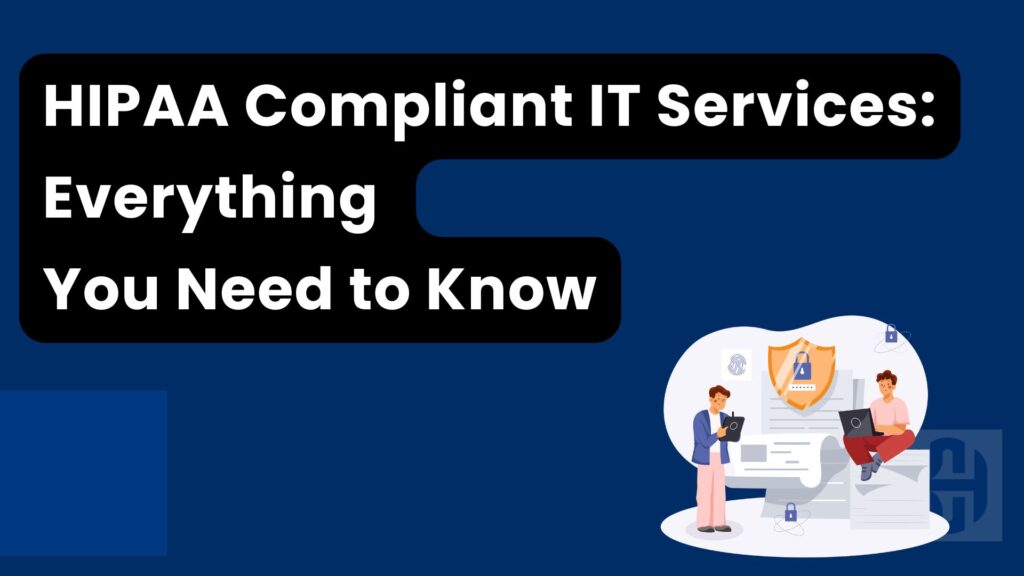Incident Summary
In April 2024, Kaiser Foundation Health Plan, Inc., a major health plan provider in California, experienced a significant unauthorized access/disclosure incident. This breach impacted the personal health information (PHI) of approximately 13,400,000 individuals. The breach involved unauthorized access to network servers containing sensitive PHI, highlighting severe vulnerabilities in the organization’s data protection protocols.
Understanding the Breach
Nature of the Incident
The breach at Kaiser Foundation Health Plan, Inc. was classified as an unauthorized access/disclosure incident. This indicates that unauthorized individuals gained access to network servers holding PHI. Network servers are central repositories of critical data, making them prime targets for cybercriminals.
Impact on Individuals
The unauthorized access resulted in the exposure of PHI for a staggering 13.4 million individuals. The compromised data likely included medical records, personal identification information, insurance details, and other sensitive data. Such information can be used for identity theft, insurance fraud, and other malicious activities, posing significant risks to affected individuals.
Analyzing Vulnerabilities
Network Server Security Gaps
The breach was facilitated through vulnerabilities in the network server security, which may include:
- Weak Access Controls: Inadequate access control mechanisms that allow unauthorized users to gain access to network servers.
- Insufficient Network Monitoring: Lack of effective monitoring tools to detect and respond to unauthorized access attempts in real-time.
- Unpatched Systems: Failure to regularly update and patch software vulnerabilities, leaving the network susceptible to exploitation.
Human Factors
Human error and insider threats can significantly contribute to such breaches. Employees might inadvertently misconfigure security settings or fall victim to social engineering attacks, providing unauthorized access to malicious actors.
Prevention Measures
Implementing Strong Access Controls
What are Access Controls? Access controls are security measures that restrict who can access information and resources in a computing environment. They include mechanisms like user authentication, authorization, and audit trails.
How Strong Access Controls Could Have Prevented the Breach
- Role-Based Access Control (RBAC): Restrict access based on user roles, ensuring that only authorized personnel can access sensitive data.
- Multi-Factor Authentication (MFA): Require additional verification factors beyond just passwords to access network servers.
- Least Privilege Principle: Limit user access rights to the minimum necessary for their job functions, reducing the potential damage from unauthorized access.
Steps to Implement Strong Access Controls
- Evaluate Current Access Policies: Assess existing access control policies and identify areas for improvement.
- Deploy MFA: Implement multi-factor authentication for accessing network servers.
- Role Assignment: Define user roles and assign access permissions based on the least privilege principle.
- Regular Audits: Conduct regular audits to ensure compliance with access control policies and identify any unauthorized access attempts.
Enhancing Network Monitoring
Importance of Continuous Monitoring Continuous network monitoring involves real-time surveillance of network activities to detect and respond to security incidents promptly. Effective monitoring can identify suspicious behaviors and potential breaches early, minimizing damage.
Components of a Robust Monitoring System
- Intrusion Detection Systems (IDS): Monitor network traffic for unusual patterns indicative of malicious activity.
- Security Information and Event Management (SIEM): Collect and analyze data from various sources to detect and respond to potential threats.
- Automated Alerts: Set up alerts to notify security personnel of any unauthorized access attempts or anomalies.
Implementing Network Monitoring
- Deploy IDS and SIEM: Implement IDS and SIEM tools to continuously monitor network traffic and system logs.
- Configure Alerts: Set up automated alerts for suspicious activities and potential security breaches.
- Incident Response Plan: Develop a comprehensive incident response plan to quickly address detected threats.
- Regular Reviews: Periodically review monitoring systems and update configurations to adapt to evolving threats.
Regular Software Updates and Patch Management
Why Patch Management is Critical Regularly updating and patching software is essential to fix security vulnerabilities that could be exploited by attackers. Unpatched systems are a common entry point for cybercriminals.
How Patch Management Could Have Prevented the Breach
- Vulnerability Management: Timely patches address known vulnerabilities, reducing the risk of exploitation.
- System Stability: Regular updates ensure system stability and performance, minimizing downtime and security risks.
Steps to Implement Patch Management
- Inventory Management: Maintain an inventory of all software and systems in use.
- Automated Updates: Enable automated updates where possible to ensure timely application of patches.
- Regular Scans: Conduct regular vulnerability scans to identify and address unpatched systems.
- Patch Testing: Test patches in a controlled environment before deployment to ensure they do not disrupt operations.
Building a Culture of Security
Security Awareness and Training Creating a culture where security is a shared responsibility is crucial. Employees at all levels should understand the importance of data protection and their role in maintaining security.
Promoting Security Awareness
- Regular Communication: Use newsletters, emails, and meetings to keep security top-of-mind.
- Recognition Programs: Acknowledge and reward employees who demonstrate exemplary security practices.
- Leadership Involvement: Ensure that leaders champion security initiatives and set a positive example.
Continuous Improvement Security is not a one-time effort but an ongoing process. Regularly review and update security policies and practices to address new threats and vulnerabilities. Engage with external experts for independent assessments and advice.
Conclusion
The breach at Kaiser Foundation Health Plan, Inc. highlights the critical need for robust network security measures and comprehensive employee training to prevent cyber incidents. By implementing strong access controls, enhancing network monitoring, and maintaining regular software updates, organizations can significantly reduce the risk of data breaches and ensure the protection of sensitive PHI. Creating a culture of security, where every employee understands their role in safeguarding information, is essential for maintaining HIPAA compliance and building trust with patients.
Work with HIPAA Certify
To ensure your organization is fully compliant and protected, partner with HIPAA Certify. We offer comprehensive solutions, including risk assessments, employee training, and advanced security measures tailored to meet your specific needs. Contact us today to secure your healthcare data and maintain HIPAA compliance.





